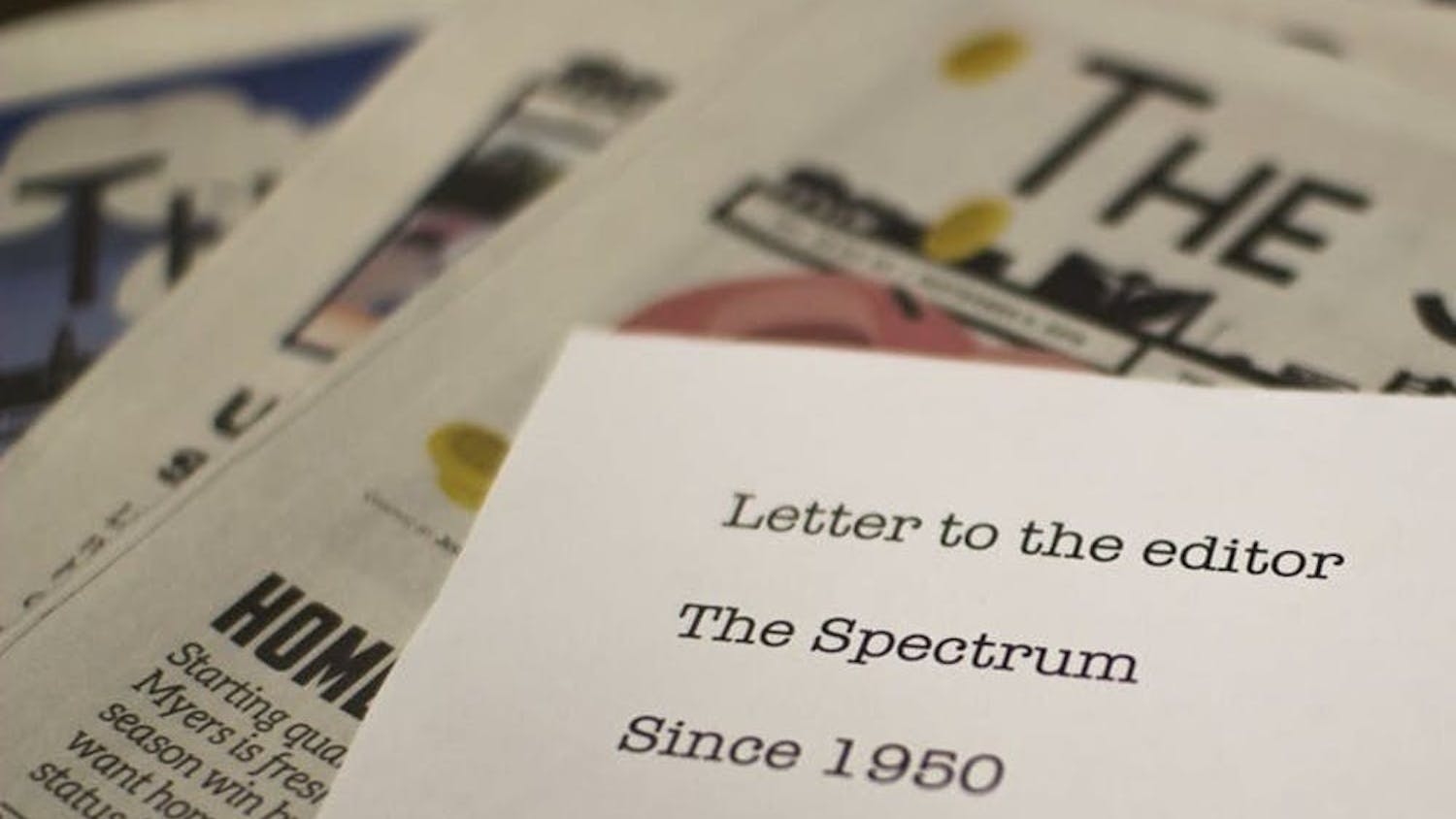Just about every time I’ve traveled on the Long Island Railroad (LIRR) going to or from New York City, I’ve seen ads all over the train cars that say, “If you see something, say something.”
There is usually a phone number beneath that for the Metropolitan Transit Authority (MTA) so you can report any suspicious activity or unattended items that may seem out of place.
The purpose of these ad campaigns is to get New Yorkers to report any suspicious activity they see while they’re on the train. Some people will not report or even notice unattended or suspicious items in public places. This could make it very easy for someone to leave an explosive or other weapon in a public place and leave before it is detonated.
I’ve never had to report anything on the LIRR or in any other public place, but I have heard and read stories of people reporting backpacks left on trains, beaches – nearly any public places imaginable. The 2004 Madrid train bombings were a result of bombs hidden in backpacks and small bags that were left unattended in the Spanish subway.
Usually, these reports turn out to be unfounded, as was the case for 14 year-old Texas youth Ahmed Mohamed. Ahmed has recently received national attention after bringing his homemade clock, which his teachers believed to be a bomb, to school.
But was reporting the suspicious clock wrong?
I don’t think so.
Many have been quick to condemn the actions of Ahmed’s teachers and the police. A picture of Ahmed in handcuffs circulated the Internet and was met with harsh criticism. White House Press Secretary Josh Earnest said, “This episode is a good illustration of how pernicious stereotypes can prevent even good-hearted people who have dedicated their lives to educating young people from doing the good work that they set out to do.”
But erring on the side of caution is still a good idea.
It should be the duty of teachers to report things at school they find suspicious, regardless of any student’s race or religion.
If a teacher reports suspicious activity, it doesn’t automatically mean he or she is enforcing a “pernicious stereotype.”
When Ahmed was detained by police, he was handcuffed and transported to a juvenile detention center. Irving Police Chief Larry Boyd defended his officers’ actions by saying, “Having nothing else to go on, and taking into consideration the device’s suspicious appearance, and the safety of the students and staff … the student was taken into custody.”
When asked if police would have done anything differently if Ahmed were white, Chief Boyd said the procedure would have remained the same.
Critics have said that handcuffing Ahmed and taking him to a juvenile detention center was excessive. Having not been at the school at the time, it is hard to say if that assertion is true or not. Officers responded to a report of a bomb or a hoax bomb and had very little information to go on. If the report did turn out to confirm a bomb or a hoax bomb, we would expect the suspect to be handcuffed and under arrest.
After seeing a picture of the homemade clock, it is easy to see how it could have been misconstrued as a bomb. The clock has exposed wires, circuitry, and a numerical display all inside a briefcase looking pencil box. To the untrained eye, it looks strikingly similar to an improvised explosive device. While this wouldn’t quite qualify as the MTA’s image of a backpack sitting alone under a train seat, it still qualifies as suspicious.
There is no doubt now that Ahmed is a smart kid who was simply trying to impress his teachers. But the backlash surrounding this incident shouldn’t undermine erring on the side of caution. If a teacher sees something they find suspicious, they should attempt to confront the student and if that can’t be done, should report the incident. When he was confronted about the clock, Chief Boyd said, “The student would only say that it was a clock, and was not forthcoming at that time about any other details.”
Since it wasn’t a school-sanctioned project, and there was little explanation offered, reporting the incident to the police in order to confirm the device was not in fact a bomb was a wise idea.
Yes, an apology to Ahmed is warranted, but it should also come with an explanation as to why he found himself in this situation to begin with. If someone reports suspicious activity or places someone in handcuffs it does not imply guilt. These are simply steps to ensure the safety of everyone in the surrounding area. Ahmed was released to his parents as the investigation continued. In my opinion, Ahmed’s clock looked like it could be a bomb. That fact, coupled with the reported silence on Ahmed’s part only adds to the suspicion that it could have been a bomb or a hoax bomb.
Ahmed’s name, the color of his skin or his religion shouldn’t matter in this context. It was the device itself and his overall demeanor that caused suspicion. Nobody should have to consider being politically correct before reporting something they find suspicious. That kind of mentality will make any ad campaign run by the MTA useless and people will never want to report anything.
If I saw anyone with a device that looked the way his did, I would ask for an explanation. If none were given, I wouldn’t hesitate to say something either.
William Krause is a political columnist and can be reached at william.krause@ubspectrum.com





